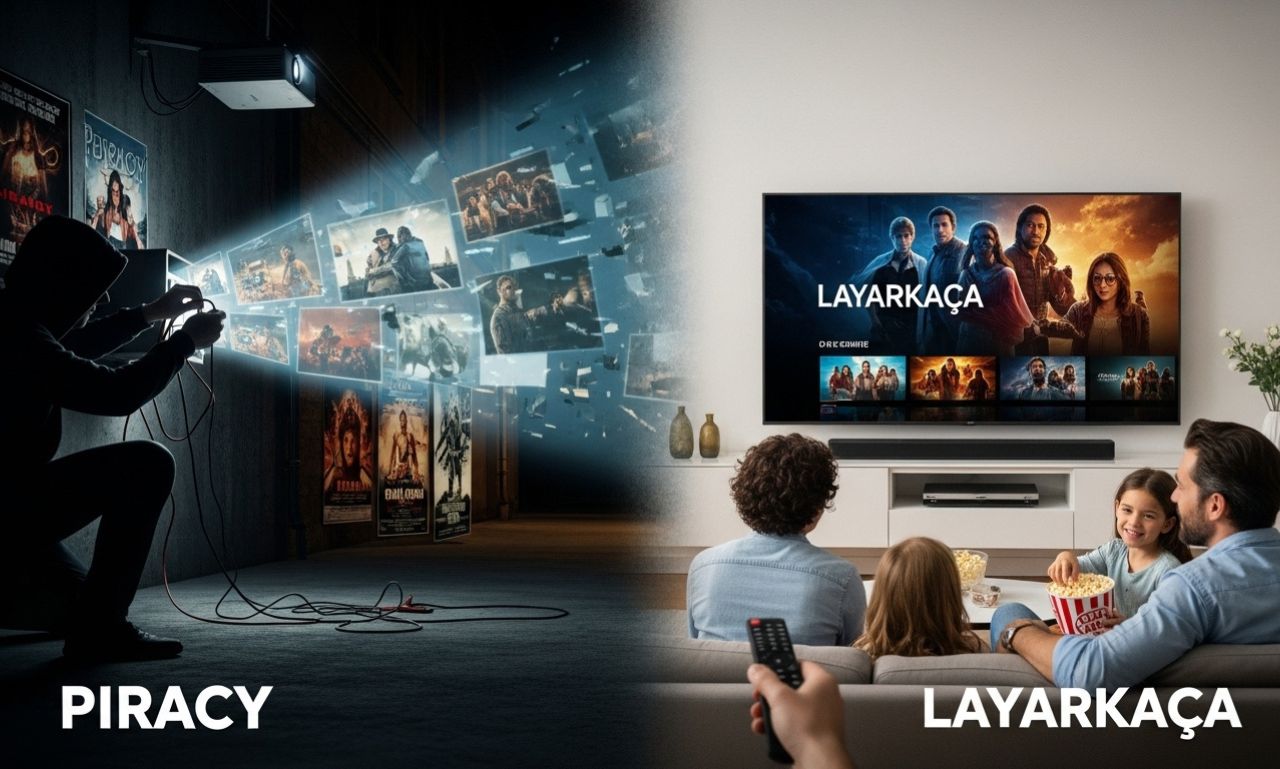In the ever-evolving world of film streaming, few names have stirred as much conversation as Layarkaca. This platform has captured the attention of movie enthusiasts while simultaneously raising eyebrows in the industry. What started as a controversial site for streaming films has transformed into a go-to destination for many viewers seeking entertainment at their fingertips. As we delve into the story behind Layarkaca, we will explore its rise to fame, the legal battles it faces, and what this means for both filmmakers and audiences alike. Buckle up—it’s going to be an intriguing ride through the realm of online cinema!
What is Layarkaca?
Layarkaca is a popular online platform that offers a vast library of films and television series. It serves as an unofficial streaming site, catering primarily to audiences in Indonesia and other Southeast Asian countries.
Users flock to Layarkaca for its extensive collection, which includes both local productions and international hits. The site’s user-friendly interface makes it easy to navigate through various genres.
What sets Layarkaca apart is its accessibility; viewers can enjoy content without the need for subscriptions or fees. This aspect has contributed significantly to its rise in popularity among film enthusiasts looking for free viewing options.
However, it’s essential to note that while many appreciate the convenience of Layarkaca, it operates on shaky legal ground due to copyright issues associated with the content available on the site.
The Controversy Surrounding Piracy in Film Streaming
Piracy in film streaming has sparked heated debates over the years. On one side, it offers viewers free access to a vast library of content. This can be especially appealing in countries where legal options are limited or costly.
On the flip side, filmmakers and studios argue that piracy undermines their hard work and investment. Every stolen view translates to lost revenue for creators struggling to make a living in an already challenging industry.
The ethics of watching pirated films often come into question. Some see it as harmless entertainment; others recognize the potential harm inflicted on artists and production companies.
Moreover, governments have been cracking down on such platforms. Lawsuits and bans aim to reduce piracy’s prevalence but raise concerns about censorship too. The ongoing battle between accessibility and legality continues to shape the future of how we consume media today.
How Layarkaca Rose to Popularity Despite Being a Piracy Site
Layarkaca’s ascent to fame is an intriguing tale woven through the fabric of digital culture. Founded as a platform for streaming movies, it quickly gained traction among audiences seeking free access to films that might otherwise be inaccessible.
The user-friendly interface played a crucial role in its rise. With straightforward navigation and minimal ads, users found it easy to search for their favorite titles. Layarkaca became synonymous with convenience, drawing viewers from various demographics.
Social media also fueled its popularity. Enthusiastic fans shared links and recommendations across platforms, creating a buzz that traditional marketing could not replicate. This word-of-mouth strategy effectively expanded its reach beyond initial expectations.
Additionally, the demand for timely releases added fuel to the fire. Viewers often turned to Layarkaca when they wanted instant access to new films shortly after their theatrical release dates—something legal services struggled to provide consistently at that time.
Impact of Layarkaca on the Film Industry
Layarkaca has significantly influenced the film industry, particularly in Indonesia. By providing easy access to a vast library of films, it has changed viewing habits among audiences. Many viewers now prefer streaming over traditional cinema experiences.
This shift poses challenges for filmmakers and studios. Revenue losses from piracy can be staggering. Independent films often struggle to gain traction when free alternatives are readily available.
Yet, Layarkaca also sparked discussions about accessibility in entertainment. It raised questions about how distribution models need to evolve. Filmmakers must adapt their strategies to compete with such platforms.
The rise of Layarkaca illustrates the ongoing tension between piracy and legitimate consumption. As consumers seek convenience, the traditional film industry faces a reckoning that could reshape its future landscape entirely.
The Legal Battles Faced by Layarkaca and Its Consequences
Layarkaca has faced significant legal challenges since its inception. As a site that hosts pirated content, it has been targeted by various film studios and copyright organizations. These entities argue that Layarkaca undermines the rights of creators and harms the industry.
The site’s operators have often evaded legal actions through constant domain changes. This tactic makes it difficult for authorities to shut them down permanently. Each takedown attempt seems to lead to another iteration or clone of Layarkaca surfacing online.
Consequences extend beyond just legal battles; they also affect users. Many who access these sites unknowingly expose themselves to malware or phishing attempts. The risk involved in streaming from such platforms can outweigh any perceived benefits of free content.
As discussions about digital piracy continue, Layarkaca serves as a focal point for debates about legality versus accessibility in entertainment consumption.
Alternatives to Layarkaca for Legitimate Film Streaming
For those seeking legitimate film streaming options, several platforms stand out. Netflix offers a vast library of movies and shows, catering to various tastes.
Amazon Prime Video is another excellent choice, featuring both mainstream content and indie films. Subscribers can enjoy perks like free shipping on Amazon purchases too.
Disney+ brings beloved classics alongside new releases from the Disney universe, including Marvel and Star Wars franchises.
Hulu focuses on current TV shows with an extensive collection of films as well. It’s perfect for binge-watching recent episodes.
If you’re looking for something unique, Criterion Channel showcases classic and art-house films that cinephiles will appreciate.
These alternatives provide legal access to quality content while supporting creators in the industry.
Conclusion
Layarkaca has undeniably made a significant impact in the realm of film streaming. Its rise from a piracy site to a popular platform highlights the complex relationship between accessibility and legality in today’s digital age. As viewers flock to sites like Layarkaca for their entertainment needs, it raises pressing questions about content rights and creator compensation.
Despite its popularity, Layarkaca is not without consequences. Legal battles are ongoing, reminding us that while access to films may be easy through such platforms, the ethical considerations remain heavy on creators and audiences alike. For those seeking legitimate alternatives, numerous streaming services provide vast libraries of content while respecting copyright laws.
As we navigate this ever-evolving landscape of digital media consumption, it’s essential to consider both our viewing habits and the broader implications they carry for artists and filmmakers. The future of film streaming will likely continue to be shaped by these challenges as society strives towards balancing accessibility with respect for creative works.

